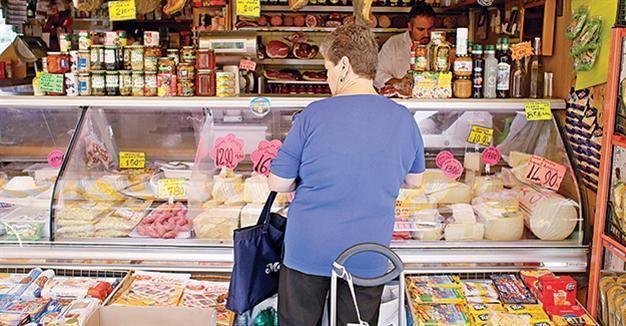Eurozone growth slows, France and Italy falter
BRUSSELS - Agence France-Presse

REUTERS photo
Eurozone second quarter growth slowed sharply, official data confirmed on Aug. 12, weighed down by Brexit concerns and a poor performance in struggling France and Italy.Growth in the 19-nation eurozone came in at 0.3 percent, down from 0.6 percent in the three months to January but unchanged from the initial estimate given last month, the Eurostat statistics agency said.
The 0.3 percent quarterly gain was in line with average forecasts compiled by data company Factset.
Analysts said at the time of the initial release that uncertainty in the run-up to Britain’s shock June 23 vote to quit the European Union had likely dampened activity after a very strong first quarter.
Compared with a year earlier, the eurozone expanded 1.6 percent in the three months to June, also unchanged from the initial estimate.
Germany, Europe’s biggest economy did better than expected with a gain of 0.4 percent in the second quarter, down from 0.7 percent in the first.
German officials said the relatively strong performance reflected a pick-up in exports while private and public sector consumption also increased.
Analysts were mixed on the outlook.
Holger Schmieding, at Berenberg bank, said Germany was in a strong position to weather the Brexit fallout on the back of “solid domestic fundamentals, a buoyant labor market, rising real incomes, a modest fiscal stimulus and excellent financing conditions.”
Carsten Brzeski at ING Diba was more cautious, citing weak investment as cause for concern in a recovery “clearly running on its very last leg.”
France, Italy ‘on downside’
On the downside, second-ranked France slumped to zero growth from 0.7 percent in the first, stoking concerns over the economic outlook.
The Bank of France said on Aug. 8 that it now expected growth of 0.3 percent in the third quarter, after its 0.2 percent growth estimate for the second quarter was squashed by the facts.
Figures on Aug. 10 showed French industrial production dropped for a second straight month in June, an outcome analysts said was alarming. Output fell 0.8 percent in June, after dropping 0.5 percent in May.
For the eurozone as a whole, June industrial output rose 0.6 percent after a fall of 1.2 percent in May to give a year-on-year gain of 0.4 percent, Eurostat said separately on Aug. 12.
Italy, whose banks are under great pressure in a faltering economy, also slowed to zero growth in the second quarter after a rise of 0.3 percent in the first.
The Italian economy emerged from three years of recession at the start of 2015 but gains since then have been minimal.
The International Monetary Fund last month cut its Italy growth forecast from 1.1 percent to 0.9 percent, largely to take account of the negative Brexit impact.
Spain, still bouncing back strongly after years in recession, grew 0.7 percent, just down from the 0.8 percent expansion of the first quarter.
Non-euro Britain meanwhile gained 0.6 percent after 0.4 percent.
Earlier this month, the Bank of England slashed interest rates to a record low 0.25 percent and announced a vast stimulus package to offset the fallout from the Brexit vote.
















